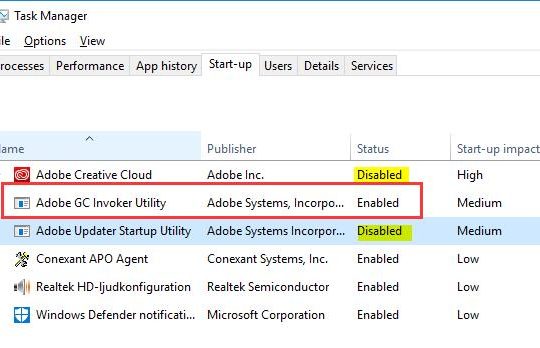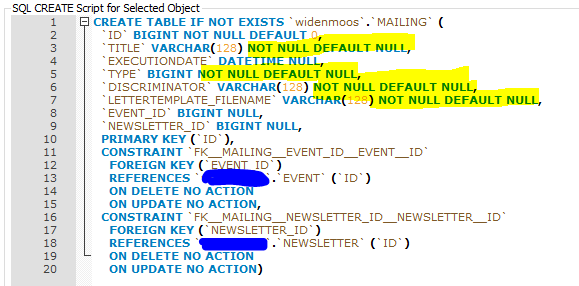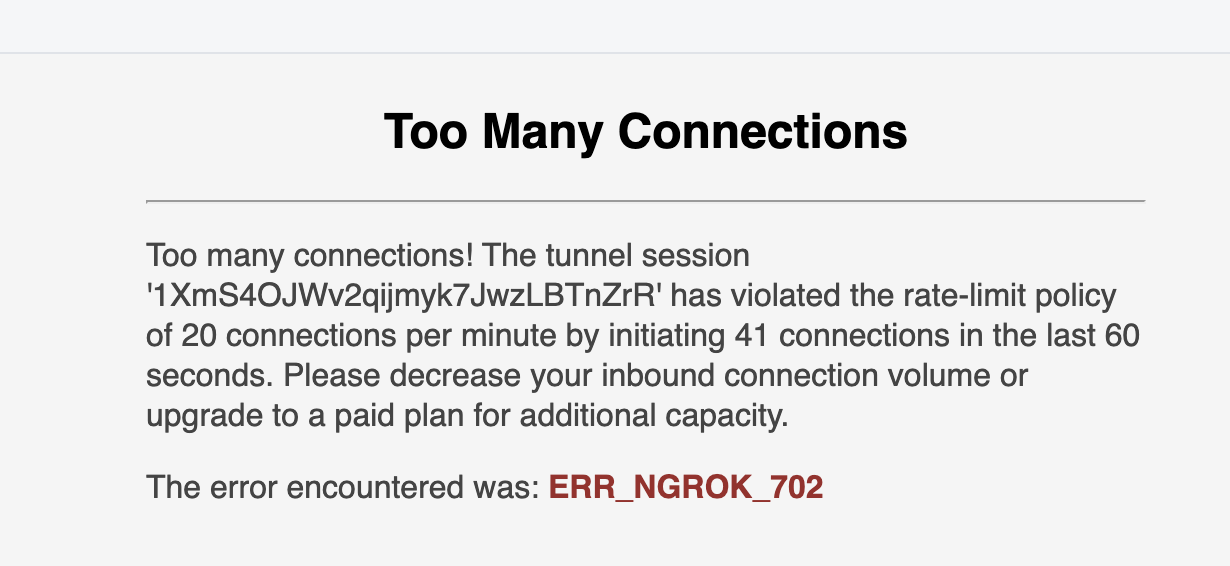How to Convert SWF to MP4 Using the VLC Media Player
SWF is a file extension for a Shockwave Flash file format. SWF files can contain video and vector based animations and sound and are designed for efficient delivery over the web. SWF files can be viewed in a web browser using the Flash plugin or in the computer using VLC player or any other flash player, but I prefer VLC …










